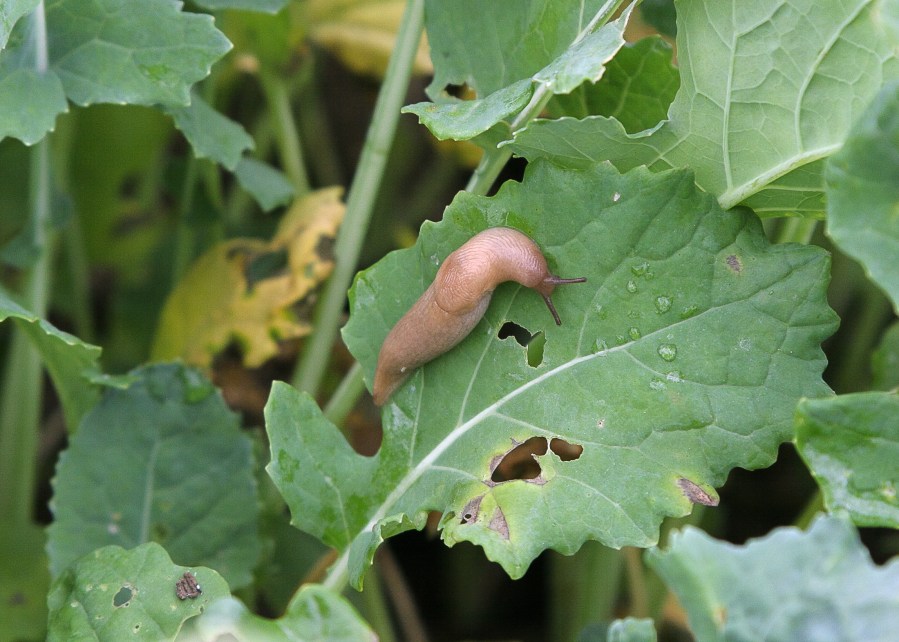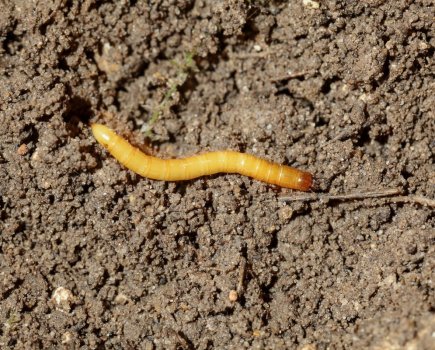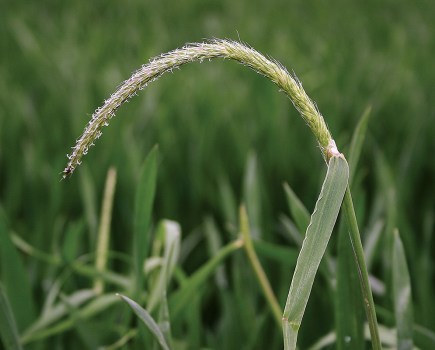A new guide helping farmers and agronomists to approach slug management from a different perspective has been launched.
Strategies Leading to Improved Management and Enhanced Resilience Against Slugs (SLIMERS) is a three-year £2.6M research project involving more than 100 UK farms and six industry partners, funded by Defra’s Farming Innovation Programme (delivered by Innovate UK).
The project is currently underway and represents the culmination of a series of experiments which have been conducted during the past eight years to determine if patch location forecasting is possible and if it could help to reduce the industry’s reliance on slug pellets, in an economically viable way.
Patch-treatment Guide
The new SLIMERS Patch-treatment Guide was launched at CropTec and provides an overview of the research so far including practical tips regarding how and why slugs gather in patches.
“With a dramatically depleted toolbox for treating slugs and continued pressure for responsible use of the last remaining chemical option – ferric phosphate pellets –, there’s growing interest in the potential for targeting pellet applications just to hotspot areas,” says Harper Adams University’s Professor Keith Walters.
“Doing so could deliver benefits to both the environment, wildlife and the bottom line. However, only applying pellets to certain parts of a field, or more importantly, leaving some areas of the crop untreated, is understandably a big leap of faith for farmers. They require utmost confidence in the science behind it to ensure crops aren’t being exposed to unnecessary risk.”
The new SLIMERS guide explores some of the latest research into slug behaviour to help farmers understand how this scientific knowledge could be used to develop a cost-effective way of patch treating slugs on farms in the future.
Unique reference point
“There’s never been a guide like this,” says project lead and founder of the British On-farm Innovation Network, Tom Allen-Stevens. “The work of Professor Walters and his team at Harper Adams University has been summarised in a unique and valuable guide that sheds a light on slug behaviour so that farmers can consider how the patch-pelleting approach could work for them in the future.”
Copies of the guide are available at www.slimers.co.uk and it’s also been published on the Slug Circle – a platform and knowledge exchange hub designed to facilitate discussion, idea sharing and tips for best practice when it comes to slug burdens and controlling them.
More information about the project, including links to project partners and research initiatives that underpin the project can be found at the SLIMERS website.




